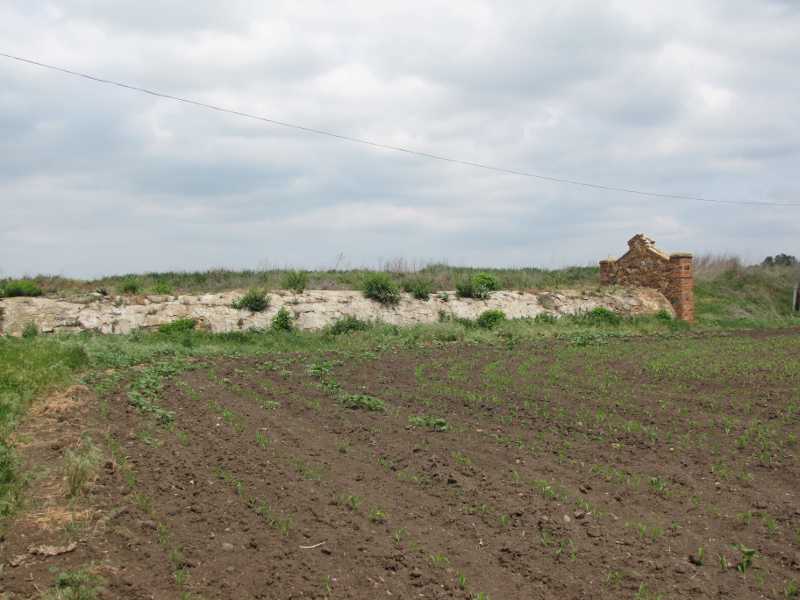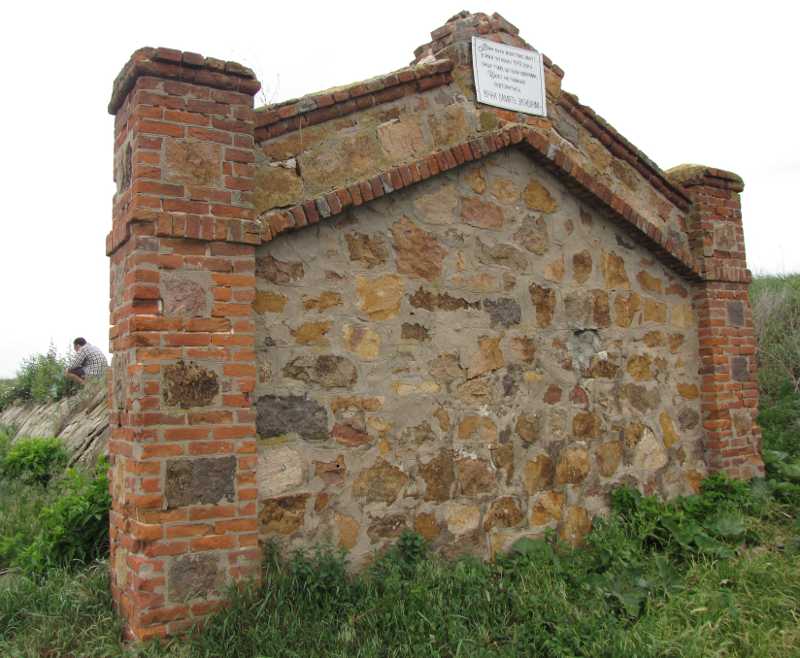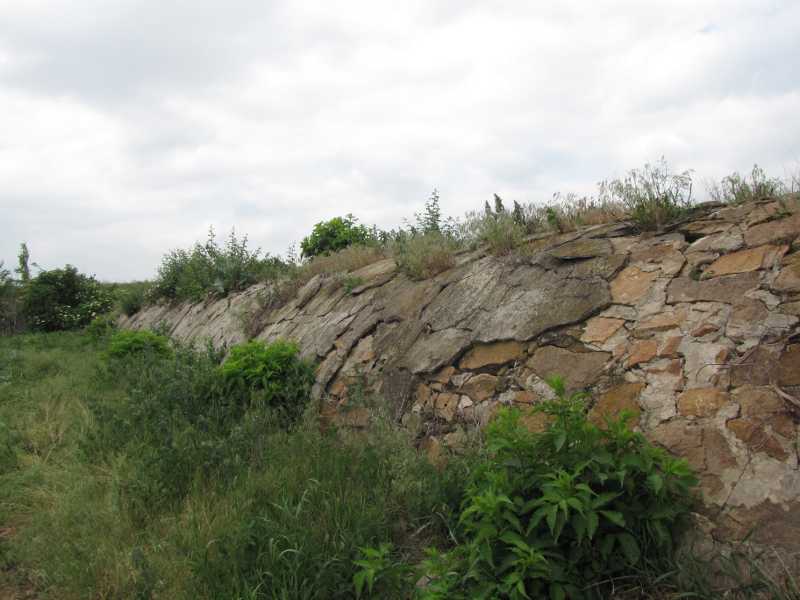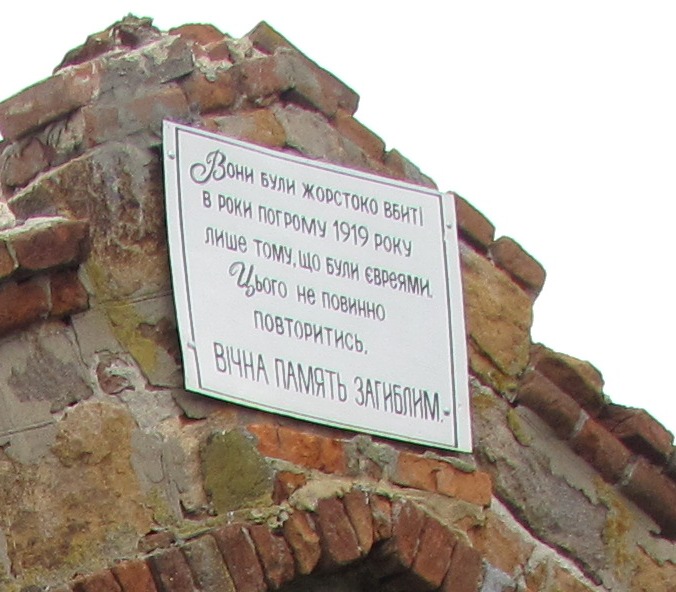Alternate names: Trostyanets', Trostyanyets, Troscianiec. Total population in 1900 was 1179 inhabitants (19 Jews) and in 1939: 1370 inhabitants (5 Jews). See BEREZHANY. Source [November 2002]
There are more than a dozen places named 'Trostyanets' in Ukraine. This one is 59 miles SSE of Vinnytsya, 50 miles WSW of Uman, 18 miles SE of Tulchyn.
Trostianets (also Trostyanets; Ukrainian: Тростянець) is a city in Sumy Oblast, the center of Trostianetskyi Raion on Boromlya River at 48°31' N, 29°11' E , 59 km (37 mi) from Sumy. 2001 city population is 23,300. The district of Trostyanetsi has 49 settlements, inhabited by 41,700 people governed by 16 village councils and the town. Local sights include the neo-Gothic "round courtyard" (1749), the late Baroque church of the Annunciation (1744-50), 18th-century Galitzine palace, and a "grotto of nymphs", built in 1809 to mark the centenary of the Battle of Poltava. Jewish population: 2,421 (in 1897).
- JewishGen Ukraine SIG
- Słownik Geograficzny Królestwa Polskiego (1880-1902), XII, pp. 504-505: "Trościaniec" #1.
- Encyclopedia of Jewish Life (2001), p. 1335: "Trostyanets".
- Еврейская энциклопедия (1906-1913), "Тростянец".
Source with photos: "Trostianets (Polish documents XVII. Mentioned under the names Adamgrud, Adamgorodek) - village, district center of Vinnitsa region, until 1923 - county town Bratslavskogo Podolia. Rabbi Shmuel Faivish author chronicles "Titus Gayaven" ("thick mud") , mentioned in his book about the almost complete destruction of the Cossacks in the Cossack-Polish War Trostets community settlements, referring probably Trostianets. Census of Jews in 1765, testified rabbi Trostyantsa p. Gershom Yakubovich, indicates the presence of a large number of communities by 119 Jews living in 43 houses. In 1852 there were 42 Trostyantse artisan-Jew (Christian artisans in the town was not.) In 1853, communities have synagogues and prayer home total number of parishioners 450r. During the second half of XIX century.number of Jewish community Trostyantsa increased more than three-fold to two and a half thousand people. Most of it made Jews expelled from the countryside because of the "Provisional Regulations" in 1882 In 1918 Trostianets, like all Podolia, was under German-Austrian occupation, then power in the region was transferred to the Ukrainian Directory. Military units retreat Directories spring of 1919 accompanied by looting Jewish population. Shtetl Jews initially believed that the blessing of a Tzaddik protect them from the mayhem, but their hopes were dashed. According to various sources, Trostyantse were brutally killed about 400 Jews - most of the male population, several women, as well as Jews from the surrounding villages, to seek salvation in the town. Many houses were destroyed. On-site mass grave of victims of the pogrom on the left of the road Ladyzhin, found a large brick tombstone ("Wailing Wall", as the locals call it). Its remains were preserved in the late 1990s. Soviet government did not punish the murderers and thugs, and they roamed freely around the town, showing off the loot. Instead of remorse began again pogrom agitation.Jews fled Trostyantsa, leaving all who could, who had relatives in other villages in Odessa or Kiev. In Trostyantse, according to eyewitnesses, there are not more than a quarter of the number of Jews survived, mostly widows and orphans. According to the newspaper "Der Emes" in 1923 in the village had about 600 Jews, among them 50 women and 200 artisans, be registered with the Committee of the poor and engaged in petty trade hawking. Women and children accounted for the majority of residents pogromlennogo town. Eventually opened two children's homes for orphans, to subsidize which involved the "Joint". In one orphanage building housed a school for 80 students. Already in 1926, was 303 Trostyantse merchant, mostly Jews, in the struggle with the Soviet government in private trade already in place in 1928 had only 49 registered traders. Entrepreneurs and traders were disenfranchised and doomed to a miserable existence. Many Trostyaneckaya Jews were forced to seek a job in agricultural cooperatives organized in 1928 - 1929 years, but the work is not saved from poverty and hunger. Trostianets was occupied July 25, 1941 the township was in the Transnistria - Romanian occupation zone. The occupation authorities have sent all the Jews who remained in the village (probably about a thousand people) death camp in Pecheri (according to other sources - a camp in Ladyzhin).Trostyantsa After the liberation by the Red Army March 13, 1944 back here no more than a dozen Jews who managed to escape from the camp and find refuge in other villages in Transnistria. Subsequently Trostianets back some Jewish war veterans and families had time to evacuate before the occupation. At the beginning of the 1990s. in Trostyantse, a small town with a population of more than 8,000 people lived no more than thirty-elderly Jews. In 2009, there lived a Jew ... 4 Lukin, "100 Jewish towns in Ukraine" Detailed description of the photo on/" photos.
CEMETERY:
- JOWBR: Jewish Cemetery
- Photos courtesy This email address is being protected from spambots. You need JavaScript enabled to view it. [June 2012]




